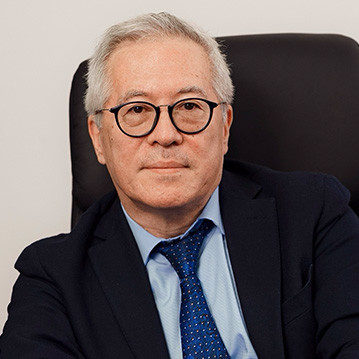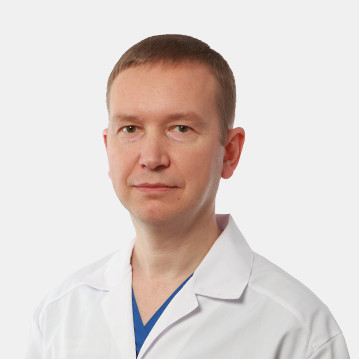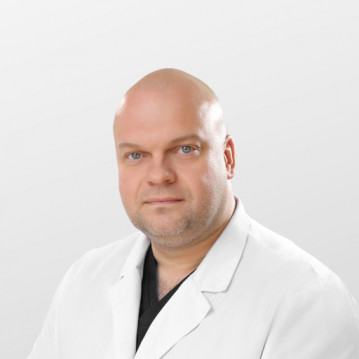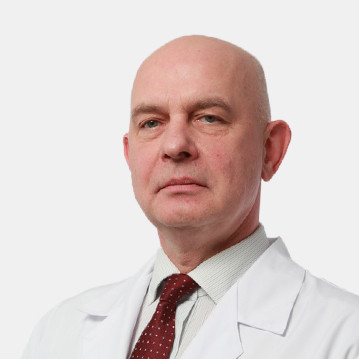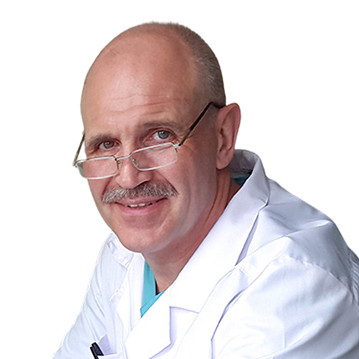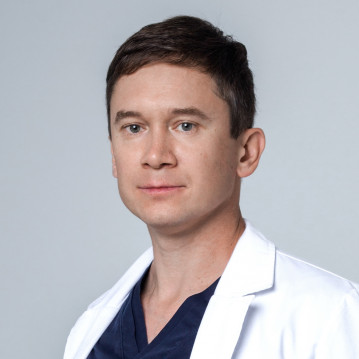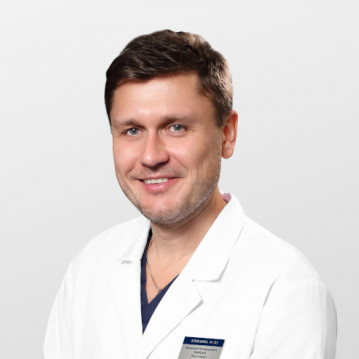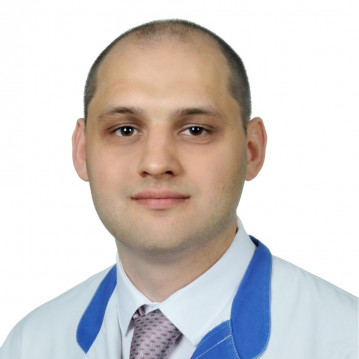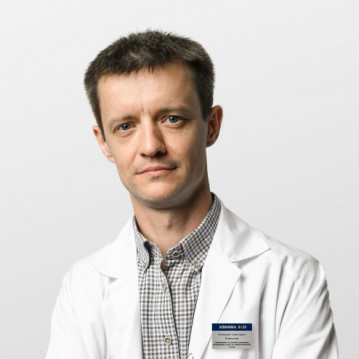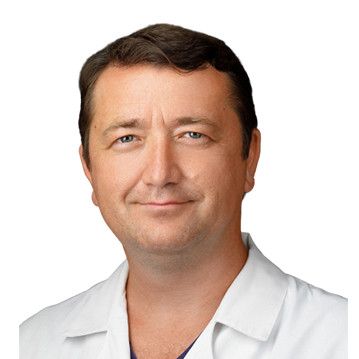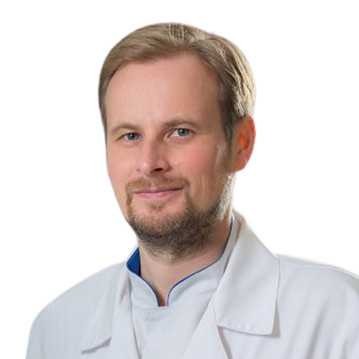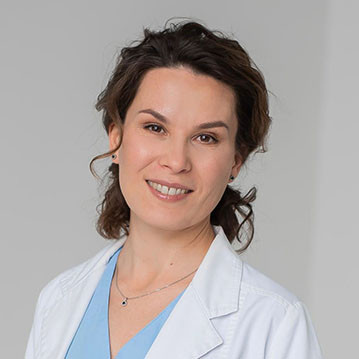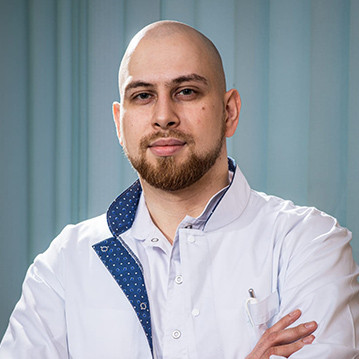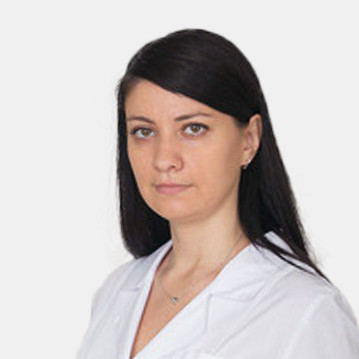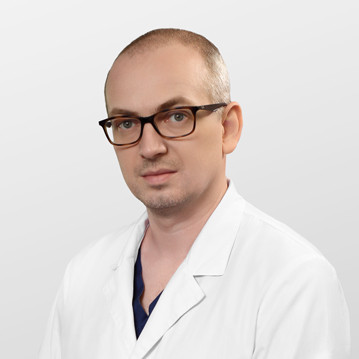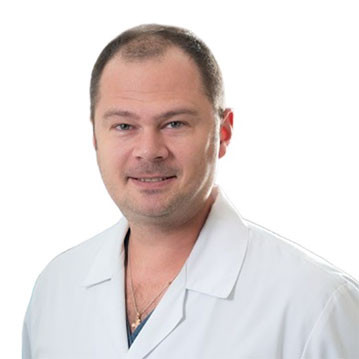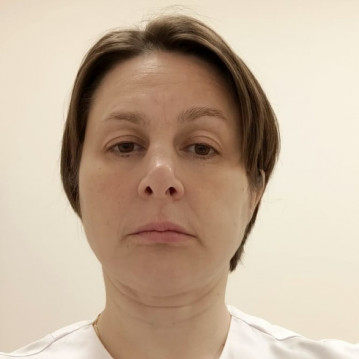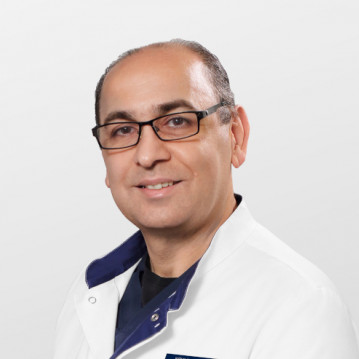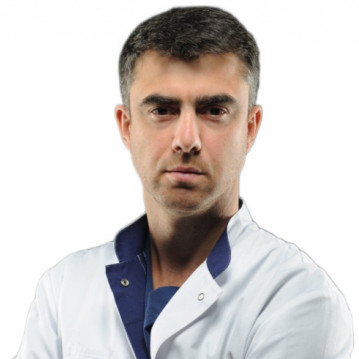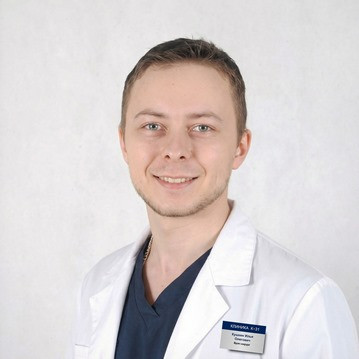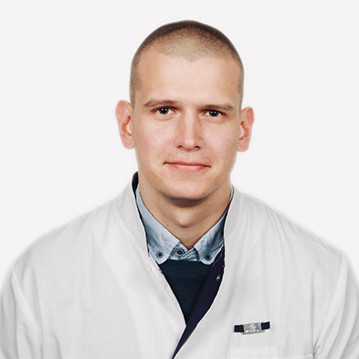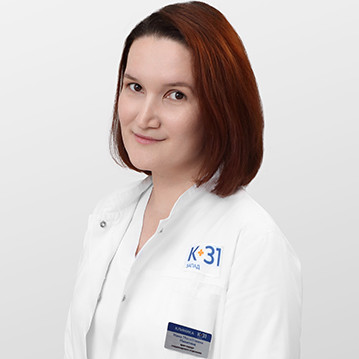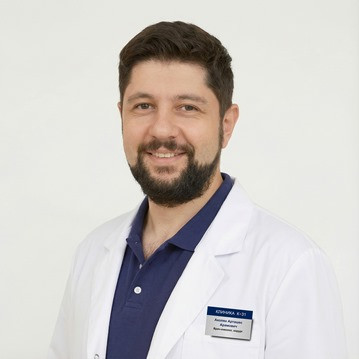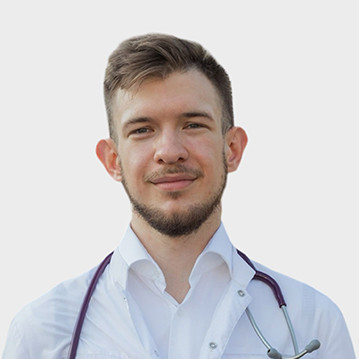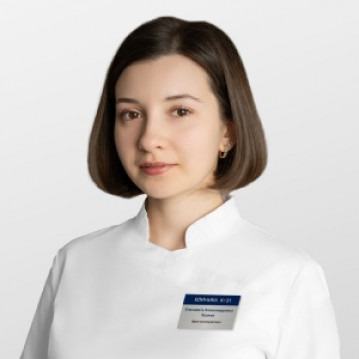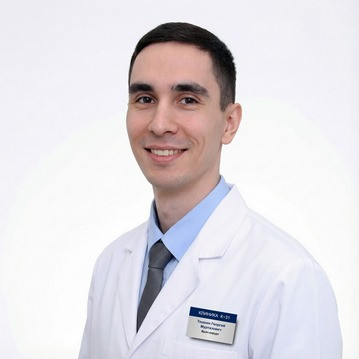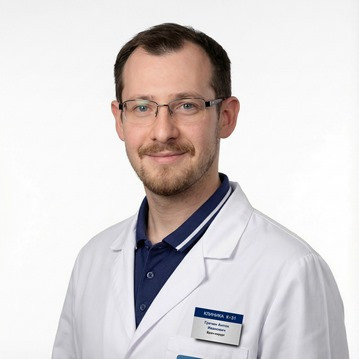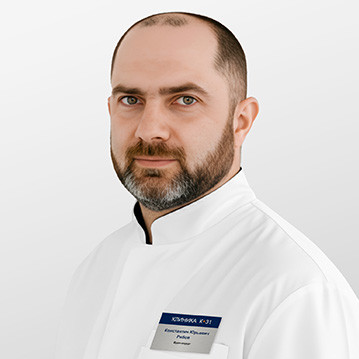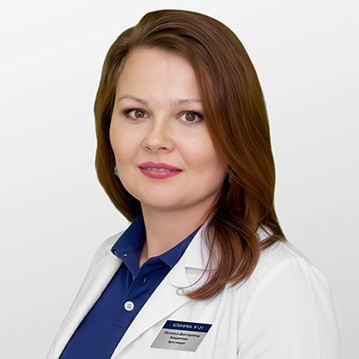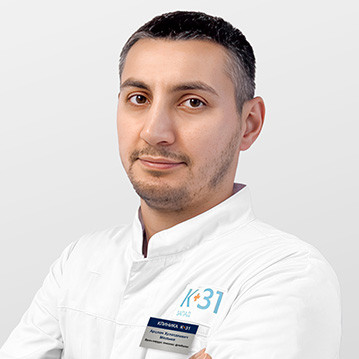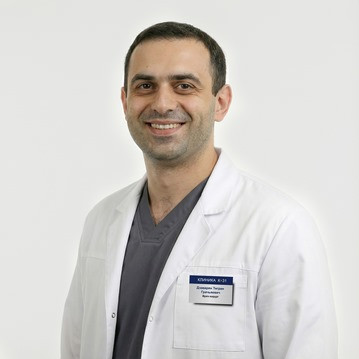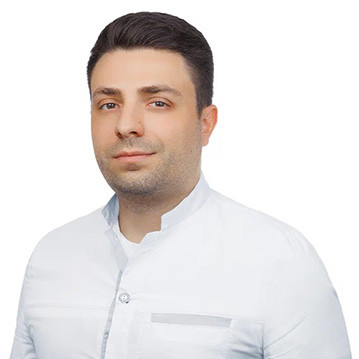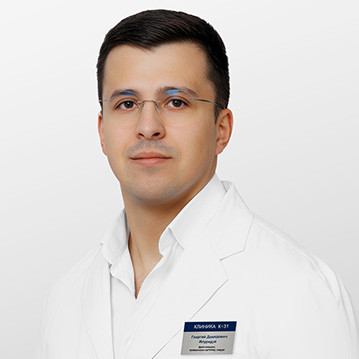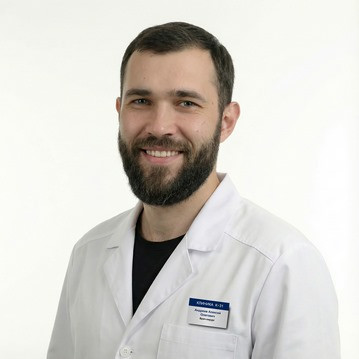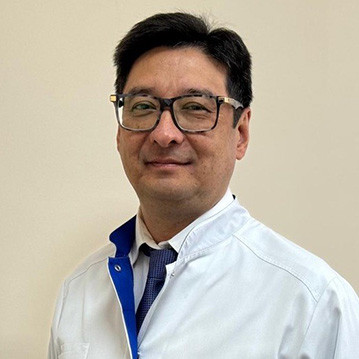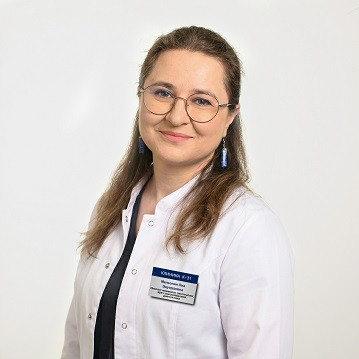The human chest contains the heart, lungs, mediastinum, trachea, bronchi, ribs, thymus, diaphragm and esophagus. Thoracic surgeons are engaged in the surgical treatment of diseases of these organs. They are also responsible for manipulating the mammary gland.
What Thoracic Surgeons Treat
In most cases, patients are admitted to the department of thoracic surgery on an emergency basis, only a small part of the manipulations are planned. Surgery is indicated for the following problems:
- broken ribs;
- chest wall injury;
- gunshot wounds of the chest organs;
- peptic ulcer with a deep defect;
- hernia of the diaphragm;
- pathology of the esophagus - narrowing, rupture, burn;
- neoplasms in the chest;
- abscess, lung phlegmon;
- pleurisy;
- empyema of the pleura;
- narrowing of the trachea;
- mediastinal cyst;
- bronchiectasis;
- accumulation of blood, lymph, air in the chest - hemato-, lymph, or pneumothorax;
- tuberculous cavity;
- purulent mastitis;
- myasthenia gravis (removal of the thymus);
- puncture of the lung with a fragment of a broken rib;
- congenital anomalies in the development of the chest organs, including blood vessels.
The surgeons of the K+31 clinic have extensive experience, possess the skills to conduct a variety of operations. After manipulation, the patient is placed in a comfortable ward, where he undergoes rehabilitation under the round-the-clock supervision of the medical staff on duty. The premises are equipped with panic buttons, by pressing which, if necessary, you can call a doctor.
